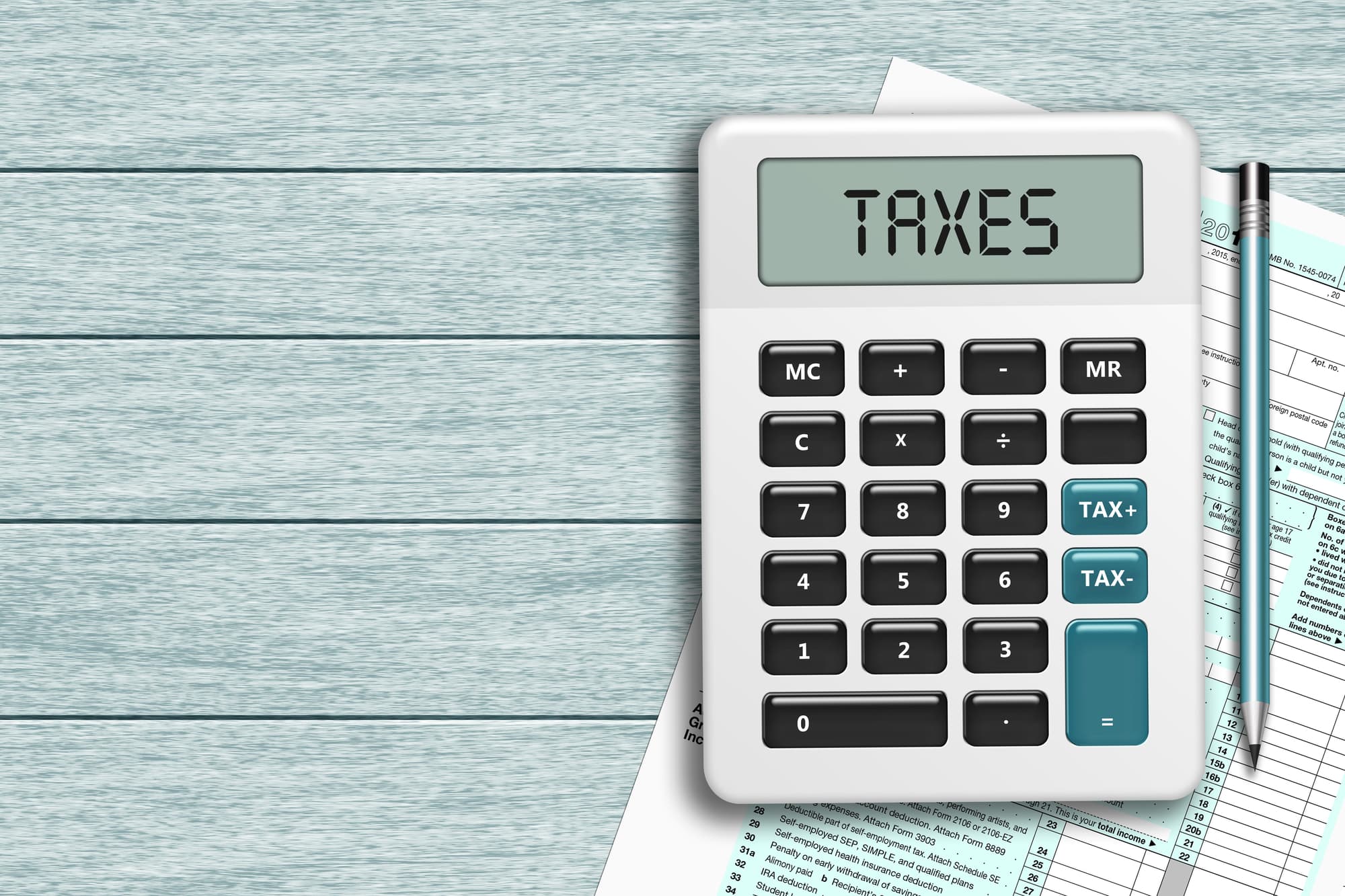Do you want to cash in on your company’s value but maintain control while still getting paid? Do you want to never pay taxes ever again? Consider an employee stock ownership plan.
An ESOP is an employee benefit plan that turns your workers into business owners. Employees can buy shares directly or through payroll deductions, or shares can be allocated as part of a compensation package.
While not technically correct, think of an ESOP as a 401(k) that buys company shares instead of mutual funds. The money raised can finance an expansion, or the original business owner can pocket the cash. Owners don’t have to wait for the employees to buy shares. An ESOP is a willing buyer of shares, to which the original owner can sell some, or all, at any time she wishes.
While an owner can retire immediately through an ESOP sale, ESOPs are often used as a business-succession strategy. The owner gets paid cash for her company’s value and sticks around to perform some (or all) of her previous responsibilities. While still getting paid.
ESOPs are like eight-page restaurant menus. You want the flexibility, but the paradox of choice can be overwhelming. A best practice is to have a conversation with your ESOP adviser to describe your ideal outcome. She can then paper a plan to accomplish your objectives.
Let’s consider how one company established its ESOP, so that you can get a clearer picture.
Justin ran his custom software development firm, with his partner, Todd, inside Massachusetts’ Route 128 tech corridor.
When they began their ESOP, the company’s revenue was about $13 million, and the company employed about 50 people. Justin rented space, and aside from about 50 desktop computers and as many laptops, the company possessed little in the way of physical equipment.
Justin and Todd were in their late 40s and realized that their successful company would survive both of them. Prudently, they explored succession plans.
Their firm had been on the Inc. 5000 list five years in a row, so, they were frequently approached by venture capital firms. However, they declined all those offers, because they’d have to concede their culture.
Justin’s firms had good profit margins, but he never let his margins get above 25 percent. Once the firm’s margins got higher than 25 percent, management examined the profit and loss statements to ensure that its staff wasn’t underpaid. Undervalued employees could lead to attrition, recruiting challenges, lower services to clients and a loss of market share.
An outright sale to a VC firm, or even a traditional third party, meant that the two owners might still have a job, but they’d have to relinquish control. They were concerned that new owners would cut expenses and the company would lose employees to Silicon Valley. That is, until they learned about ESOPs.
Through an ESOP, the original owners do not have to relinquish control of their firm. Regulations governing ESOP operations allow those owners to sit on the committee that oversees the plan. The owner can be the sole voting committee member on the ESOP committee, if desired.
We business owners wrap ourselves into the identity of our company. Disentangle yourself from the entity for a moment. The way the ESOP works is that the company buys itself from the owners. Then the company enters into an agreement with the ESOP to manage, allocate and compensate outstanding shares.
To fund the ESOP, sometimes the company’s existing cash buys the shares from the owners. Sometimes it uses bank financing (which does not require a personal guarantee). Often, it’s a combination.
A business owner who sets up an ESOP can sell as many shares as they want, or none. Justin’s ESOP adviser arranged for a valuation and connected him with a bank experienced in ESOPs. It was beneficial to find the right bank in this instance because Justin’s company needed a lender that would offer a loan based on cash flow instead of physical collateral.
Justin and Todd decided they’d sell all of their shares. They used company cash to buy 80 percent of the shares and then took a $4.75 million bank loan for the company to acquire the remaining 20 percent. Justin and Todd remained in charge. They continued to get paid a salary.
An annual allocation event was established. Assuming that employees were eligible, the ESOP would assign shares to the employees at that time. The share distribution is built into compensation. When an employee retires, the ESOP buys back the shares over five years and recirculates those shares to new employees.
Under Internal Revenue Code § 1042, if you sell more than 30 percent of your C corporation to an ESOP, you can defer any federal income taxes on the sale if you reinvest the proceeds into qualified replacement securities, such as stocks or bonds.
The granddaddy of all the tax benefits is reserved for S corporations. The ESOP creates a tax shield for a part, or all, of the company’s earnings, depending upon the percentage of shares sold to the ESOP. For example, if the S corp sold all its shares to the ESOP, its earnings are entirely tax-exempt from federal taxes and most state taxes.
Imagine that. You sell your company and collect bank. You remain in control, and the company pays no taxes. You would be able to give yourself a raise or invest that cash to take market share from your competitors.
Allen Harris is the owner of Berkshire Money Management in Dalton. He can be reached at [email protected].
This column originally appeared in The Berkshire Eagle on December 26, 2020.
